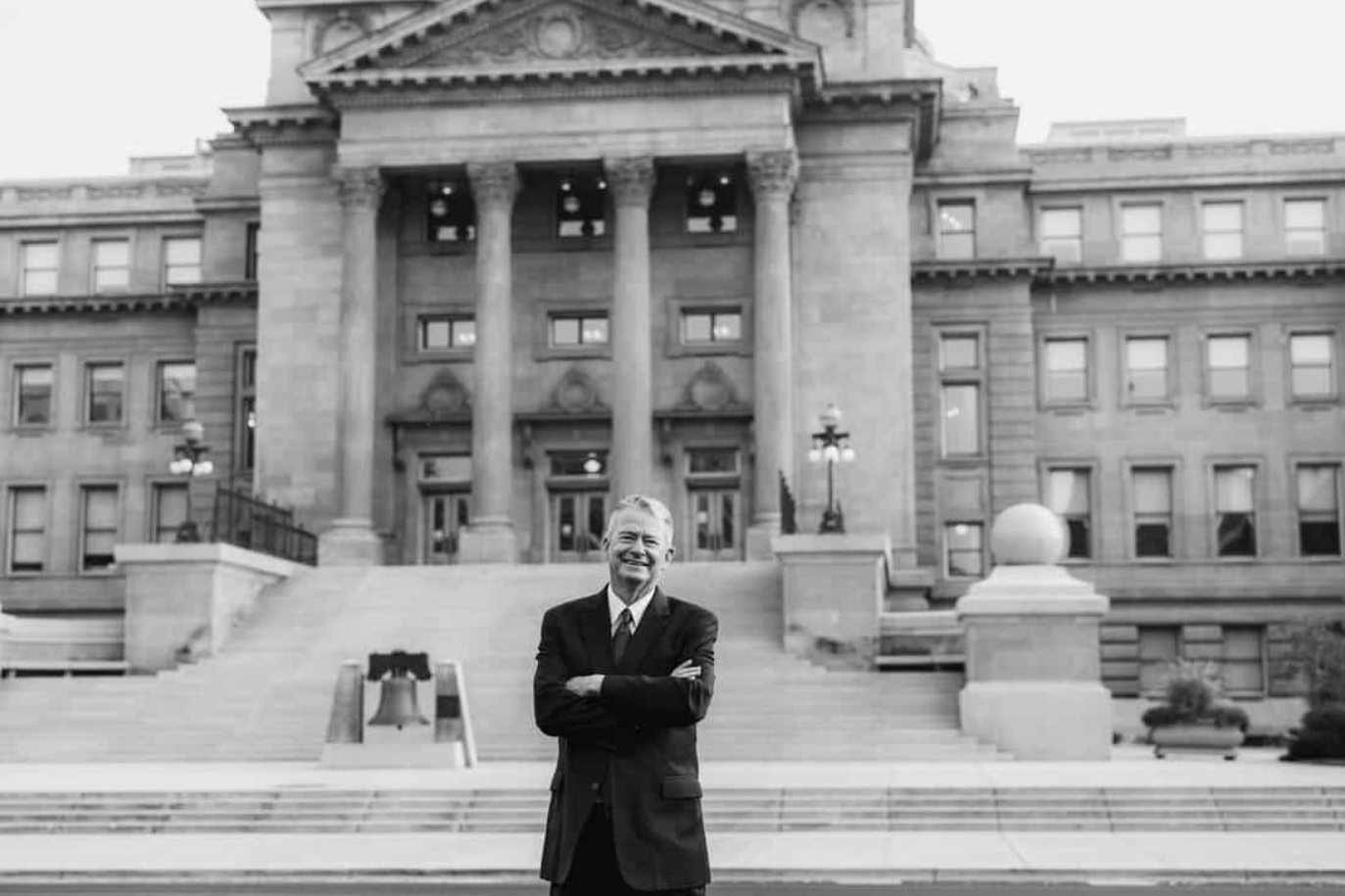
BRAD LITTLE’S BUDGET BOASTS 17.1% SPENDING INCREASE, NOT 8.1%
By Fred Birnbaum
When Gov. Brad Little took over the reins from Butch Otter, fiscal conservatives were hopeful.
The last four years of Otter’s tenure were marked by the growth of unsustainable spending. For example, Otter requested in Fiscal Year 2019 a 6.6% increase for the general fund, but it ended up being 9.2% because his administration cleverly hid increases by transferring revenues into dedicated accounts. It was nothing more than budgetary sleight of hand.
It was refreshing to see Little abandon practice and give a more honest look at proposed spending — that is up until now.
Little wants to cement a bigger government that will be difficult to reform. What is simply amazing is that the governor didn’t see the agency’s requested increase of 6.2%, from FY22 to FY23, as enough. That’s right, the Governor wants to spend more than his agencies requested, and not by a small percentage.
Little has proposed an 8.1% increase in FY23, at least if one ignores the hundreds of millions of dollars being deducted from Revenues. He’s pulling money out from the revenue bucket so that it does not show up in the 8.1% increase. The real increase will be about 17.1% because $377 million of transfers should be categorized as expenditures.
But even the 17.1% doesn’t capture how large an expansion of government this budget request envisions. There are six months left in FY22, and Little wants to add more than $1 billion of spending and this doesn’t include money to retire debt early. Much of this money is one-time money that’s needed for buildings and deferred maintenance, but not all of it.
While Little’s proposal does include reducing the income tax rate, other forms of relief, like repealing the sales tax for food or reforming property taxes, would be possible with a more conservative budget.
Let’s focus like a laser on the lowest hanging fruit, the decision to overfund the “rainy day” funds, also known as the Budget Stabilization Funds.
In FY22, the education stabilization funds will get a top up and the budget stabilization fund will get a statutory increase. Little recommends stashing an additional $197 million into these two funds in FY23. Without these additional funds, the rainy day fund balance will be $1 billion, more than 18% of general fund revenues. That’s plenty of taxpayer cash to have stashed away.
Why not put this money toward grocery tax relief, which would save Idaho residents about $250 million annually? Given that revenues have been ahead of forecasts for years, let’s not get sidetracked on one-time budgetary choices vs. ongoing tax relief, because there is plenty of other spending that can be reduced.
Why is additional tax relief like removing the tax on food needed? Because according to the Penn Wharton Budget model, inflation is costing the average family an extra $3,500 per year. The income tax cut proposed by the governor is not sufficient to cover inflation.
In future articles we will spell out more. Stay tuned.
From idahofreedom.org